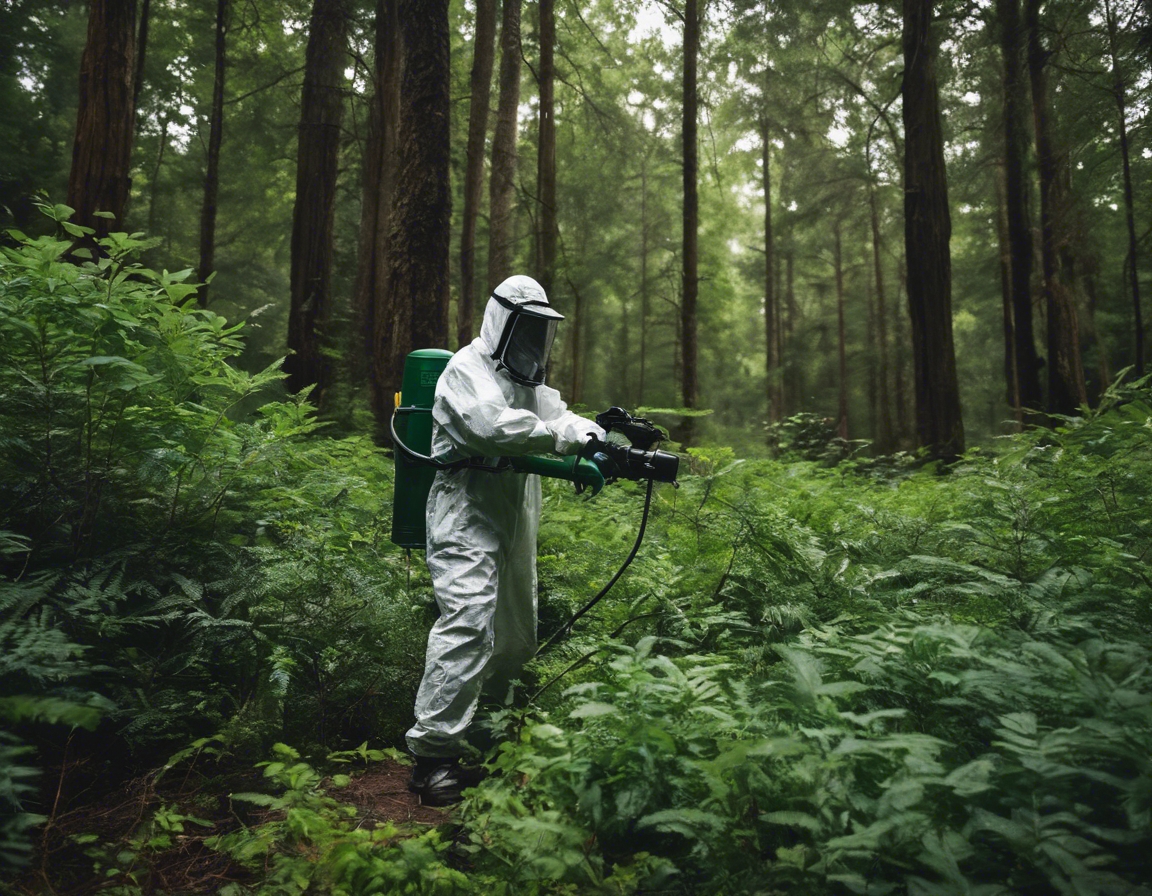The importance of bear bug control in forestry
Bear bugs, commonly known as bark beetles, are a group of insects that can cause significant damage to forest ecosystems. These small but destructive pests bore into the bark of trees to lay their eggs, disrupting the tree's ability to transport water and nutrients. The result is often a weakened or dead tree, which can have a domino effect on the surrounding forest.
Effective bear bug control is crucial for maintaining the health and sustainability of forests. Without proper management, bear bug infestations can lead to large-scale tree mortality, reduced biodiversity, and increased wildfire risks. For forestry professionals and land managers, understanding and implementing bear bug control measures is a key component of responsible forest stewardship.
The Ecological Significance of Bear Bugs
While bear bugs are often viewed as pests, they also play a natural role in forest ecology. They help to decompose dead and dying trees, making way for new growth. However, when their populations become too large, they can overwhelm and kill otherwise healthy forests.
Unchecked bear bug populations can lead to widespread tree death, which affects wildlife habitat, water quality, and carbon storage. Infestations can also create hazardous conditions for forestry workers and recreational users of forested areas.
Methods of Bear Bug Control
Chemical pesticides are one method used to manage bear bug populations. However, their use must be carefully considered to minimize environmental impact and avoid harming non-target species.
Biological control involves using natural predators or pathogens to reduce bear bug numbers. This method can be more environmentally friendly and sustainable than chemical controls, but it requires a deep understanding of the forest ecosystem.
IPM is a holistic strategy that combines multiple control methods to manage pest populations effectively and sustainably. It includes monitoring, prevention, and the use of both chemical and biological controls when necessary.
Challenges in Bear Bug Control
One of the main challenges in bear bug control is balancing the need to manage pest populations with the desire to protect the environment. Pesticides can have unintended consequences, and their use must be justified and regulated.
Bear bugs can develop resistance to chemical treatments, making control efforts more difficult. Additionally, they are highly adaptable, capable of surviving in various climates and conditions.
Best Practices for Sustainable Bear Bug Management
Regular monitoring of forests can help detect bear bug infestations early, allowing for more effective and less invasive control measures. This proactive approach is key to sustainable forest management.
Collaboration among forestry professionals, government agencies, and the public is essential for successful bear bug management. Education on the importance of bear bug control and the methods available can empower stakeholders to take action.






Comments (0)